Understanding what is a PAR Meter and why it’s an essential tool.

Introduction
A PAR meter is a device that measures light from the sun or artificial lights. It is used to see if plants are receiving enough light for healthy growth and development.
It is used by researchers and indoor farmers who use artificial lighting to supplement or complement sunlight.
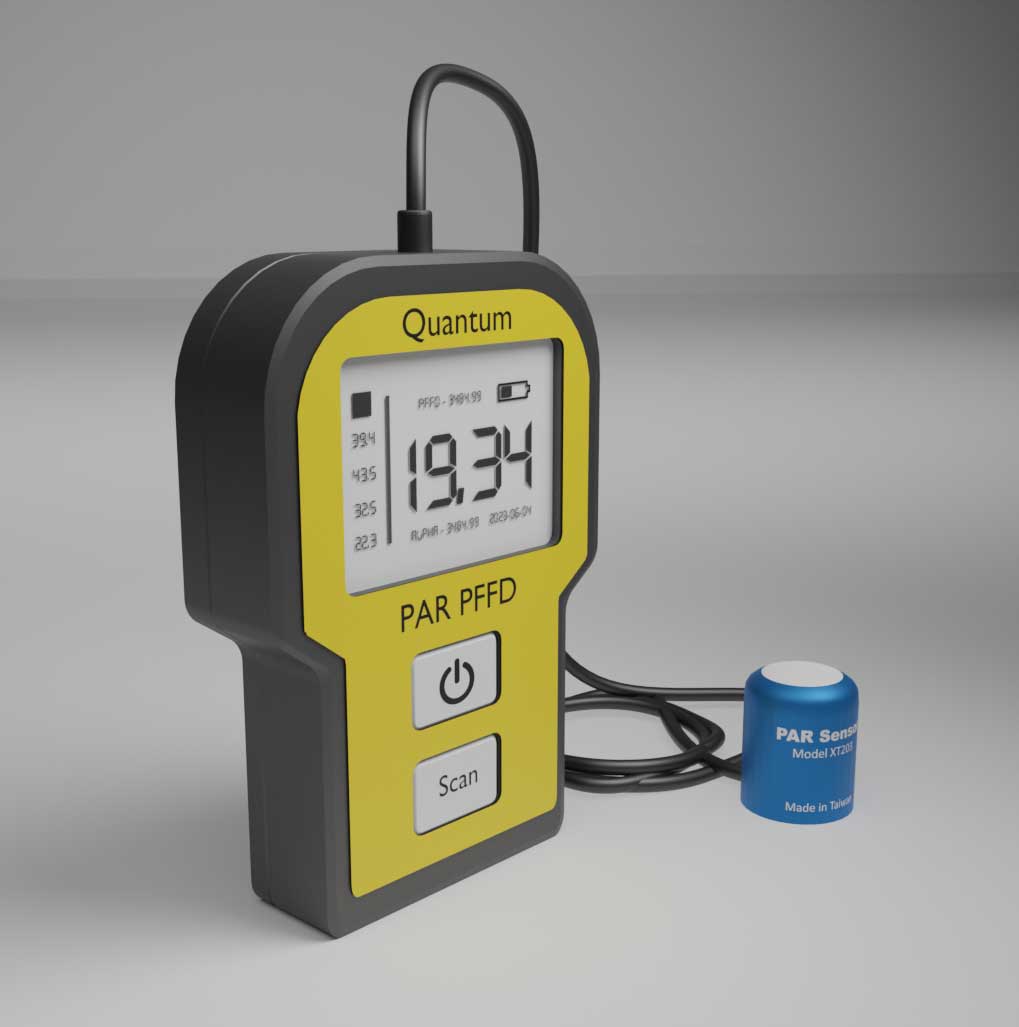
Fig 1 PAR Meter with Sensor
What does PAR stand for?
Light consists of many colors and is represented in a spectrum (Fig. 3). Plants rely only on part of the spectrum, called PAR or Photosynthetically Active Radiation, which simply means the range of colors plants need to perform photosynthesis. For PAR, it is defined as the 400-700nm (wavelength) part of the spectrum.
Photosynthesis is a process plants use to harness light to produce sugars. Sugar is essential for seed germination, growth, flowering, fruiting, and other metabolic processes. We must count light to see if plants receive enough light for those activities.
Learn more about Photosynthesis here.
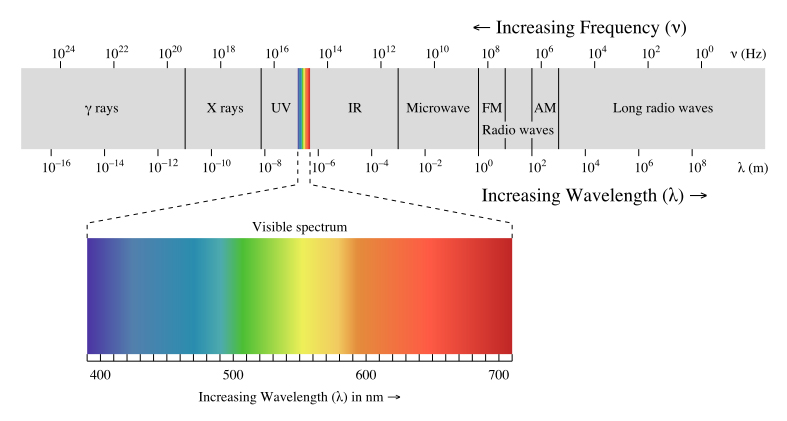
Fig 3 Range for Photosynthetically Active Radiation 400-700nm
How do you count light?
Light is made up of particles called photons. When you measure light, you are counting photons, lots and lots of photons, numbers so big that you must count them in “micromoles.”
1 micromole of photons = 602,200,000,000,000,000 photons
Light is a continuous stream that disperses over an area. We standardize the light measurement with a special metric that includes area and time. This metric is called PPFD or Photosynthetic Photon Flux Density, a fancy term that simply means:
Amount of micromoles of photons, per square meter, per second.
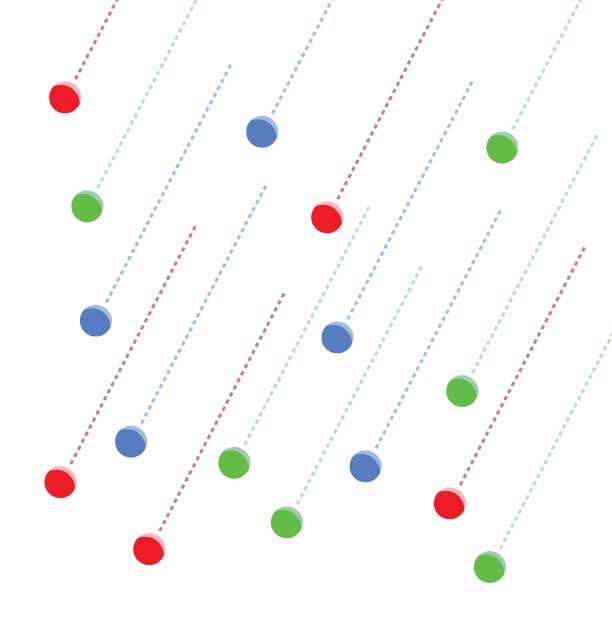
Figure 4 Photons of Light
How do you use your PAR meter to count photons?
You simply place your PAR meter at about the distance your plant will be from a light source. Most PAR meters will have a detachable sensor. Then point the sensor of your PAR meter at the light source, and press the capture button. In a second or two, you will get a PPFD reading.
In the Figure 6, the PPFD reads 11.59, which means there are 11.59 micromoles of photons hitting an area of 1 meter squared in 1 second.
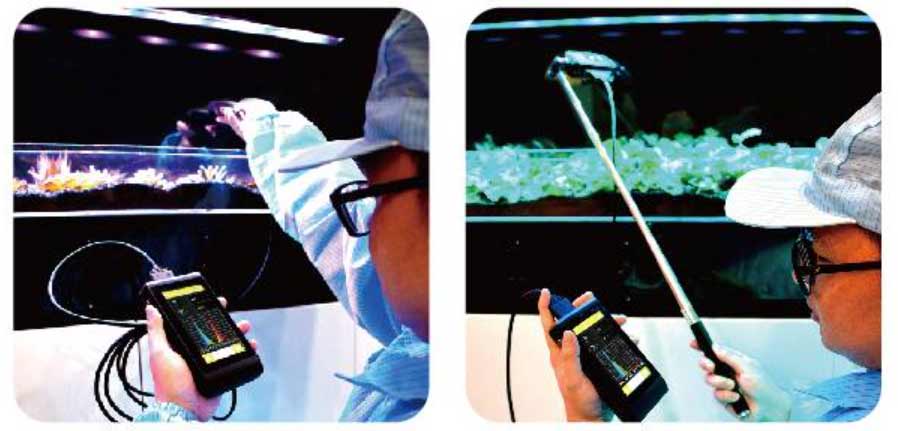
Figure 5 Measuring PPFD with a PAR meter
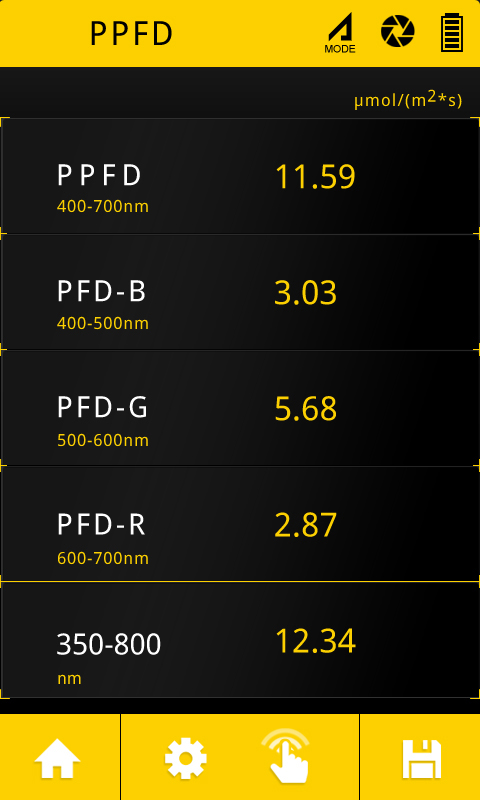
Figure 6 PPFD measurement from Spectral PAR Meter
Why do indoor farmers use PPFD?
There is a significant movement to move farming indoors or in greenhouses. Although the space is limited compared to traditional farms, there is the advantage of controlling environmental conditions, including using artificial light, especially in winter months of limited sunlight.
When artificial lights replace or complement sunlight, you need to measure the lighting to ensure you supply just the right amounts of light. Not enough light and your plants will not produce enough sugars from photosynthesis. Too much light and you will be wasting precious energy resources.
Why indoor farming?
Indoor farming is a significant movement to solve the problems of the modern-day world, specifically climate change, pollution, and food scarcity. With indoor farming, runoff water is easily recycled, pesticides are less needed, and local produce can be more readily produced in arid regions or winter conditions.

Figure 7 – Indoor Horticulture
How do you know how much light your plants need?
There are “light recipes” that tell you how much light you need. See the light recipe for Lettuce in Figure 7a.
You use your PAR meter to take measurements of your lights to determine how your lights disperse light overhead (LUX) in order to arrange the vertical and horizontal placement of your lights for optimal energy-saving distances. Then you use the meters to validate the PPFD measurements to ensure you are meeting the recipe requirements.
In a greenhouse situation, farmers use PAR meters to determine how much sunlight is available during various growing seasons in order to supplement with artificial light.
Light Recipe for Lettuce
- LED distance from plant 30-50 cm
- Light Quantity: PPFD 120-140
- 18 hours Light / 6 hours dark
- Sowing to nursery 10-14 days
- Plant to harvest 28 days
Figure 7a – Light Recipe for Lettuce

Figure 8 – LUX and Light Dispersal
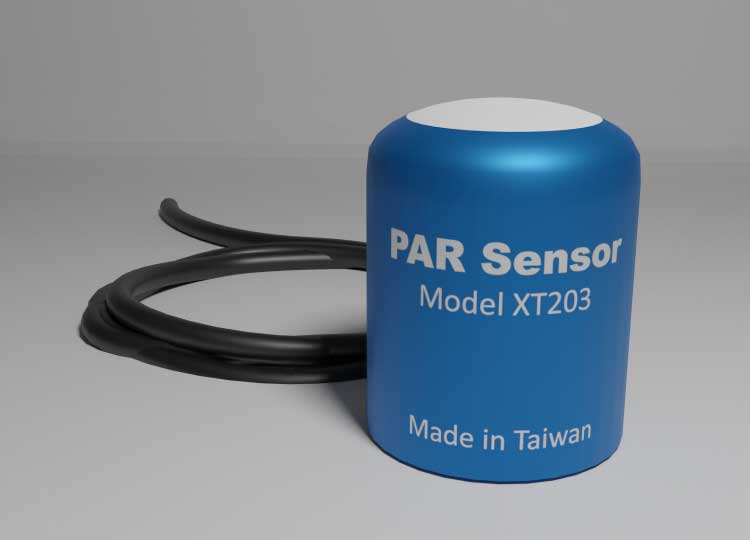
Fig 9 – Quantum PAR sensor
What types of PAR meters are there?
There are three types of PAR meters
- Quantum PAR Sensor
- Quantum PAR Meters
- Spectral PAR Meters
They progress from basic to more sophisticated functionalities and capabilities.
Quantum PAR Sensors are thumb-sized devices that collect PAR data – they don’t have a screen and must be connected to a central data collection device. They are commonly deployed throughout larger indoor farms to collect data at various times of the day.

Fig 10 – Quantum PAR Meter
Quantum PAR Meters collect PAR data and may have an embedded or attachable sensor. They differ from sensors in that have a simple screen to display the data. They can also record data.
Spectral PAR Meters are more sophisticated devices that measure PAR and distinguish colors. These are used by top-tier indoor farmers to take advantage of the different colors in light to gain more control over production, including seed germination, flowering, fruiting, plant shape (morphogenesis), nutritional content, and even flavor.
Learn more bout PAR sensors, PAR meters and Spectral PAR meters here.
So what is a PAR meter and why is it important?
It is a measuring device that counts light to help indoor farmers ensure that their crops receive adequate amounts for photosynthesis for growth, and development. Recently, more farmers are turning to sophisticated Spectral PAR Meters to use color strategies to boost productivity. PAR meters remain an essential tool for indoor horticulture, a growing industry that shows promise as an alternative food supply in a climate-challenged world.
Related Posts:

PG200N Spectral PAR Meter
Spectral PAR measurement allow farmers and researchers the advantages of expert lighting in tweaking the color parameters to improve quality, timing and quantity of their products.
Hot Product
Handbook Series
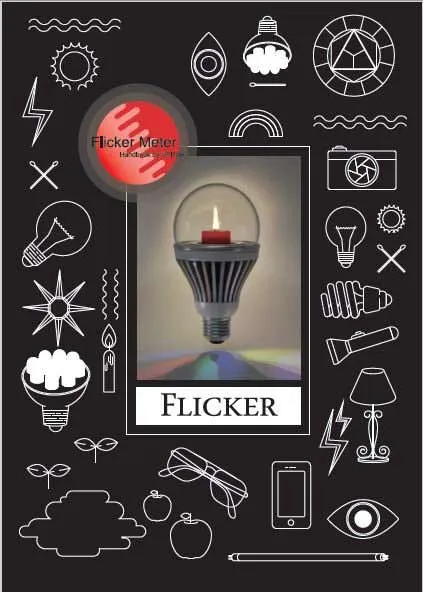
The Flicker Handbook
Everything thing you need to know about Flicker, an insidious, potentially serious lighting artifact impacting visual safety for public places like hospitals, offices, libraries, and more...
About UPRtek

United Power Research and Technology
UPRtek (est. 2010) is a manufacturer of portable, high-precision light measurement instruments; Handheld Spectrometers, PAR meters, Spectroradiometers, Light Calibration Solutions.
UPRtek HQ, R&D and manufacturing are all based out of Taiwan, with Worldwide representation through our certified Global Resellers.
Latest Articles
Category

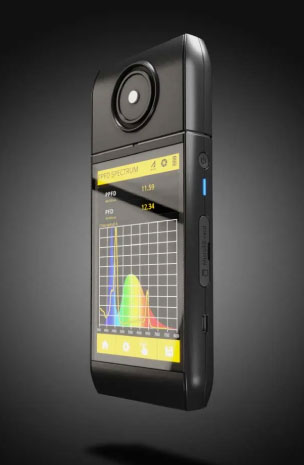
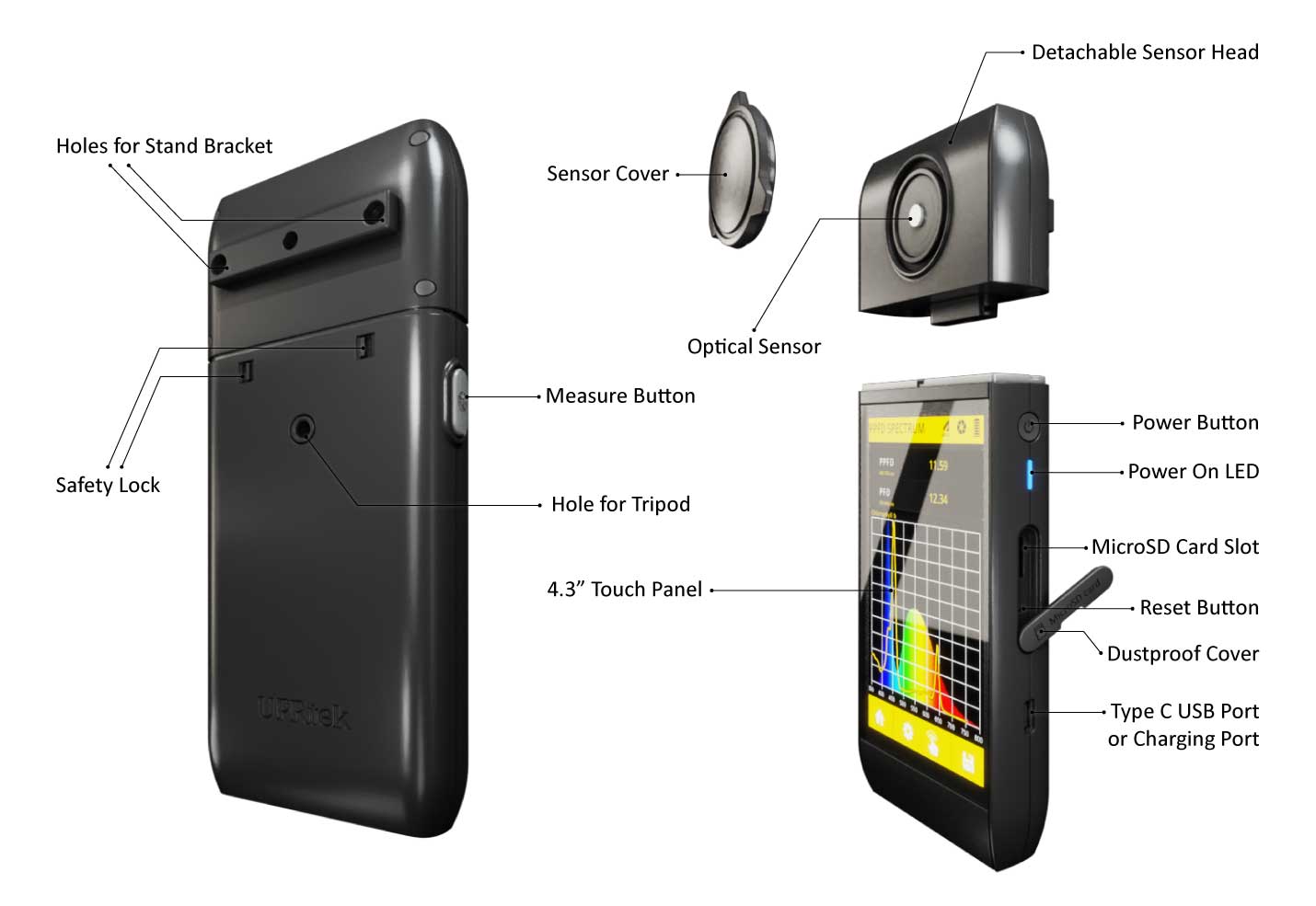







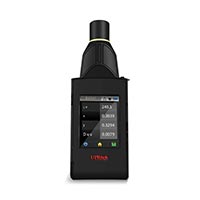

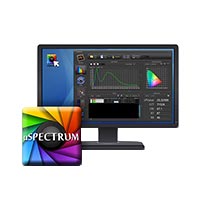
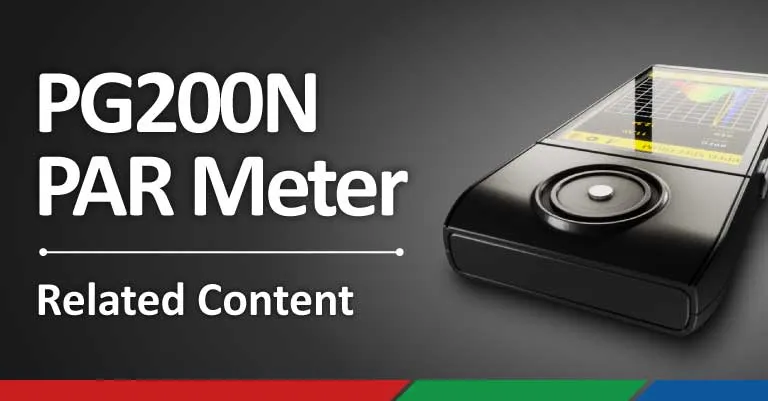
0 Comments